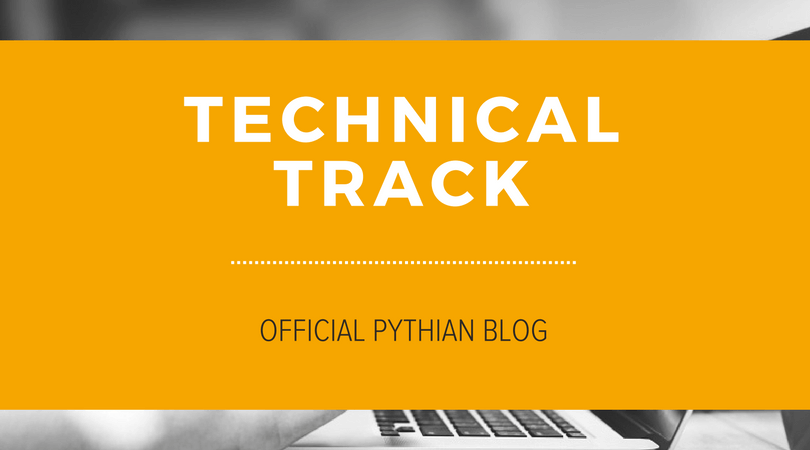On this page
Share this
Share this
More resources
Learn more about Pythian by reading the following blogs and articles.
Customizing pt-stalk to capture the diagnostics data you really need


Customizing pt-stalk to capture the diagnostics data you really need
Feb 7, 2017 12:00:00 AM
4
min read
Oracle RMAN Restore to the Same Machine as the Original Database
![]()
Oracle RMAN Restore to the Same Machine as the Original Database
Apr 11, 2014 12:00:00 AM
6
min read
asmcmd> a better "du"
![]()
asmcmd> a better "du"
Aug 28, 2015 12:00:00 AM
3
min read
Ready to unlock value from your data?
With Pythian, you can accomplish your data transformation goals and more.
